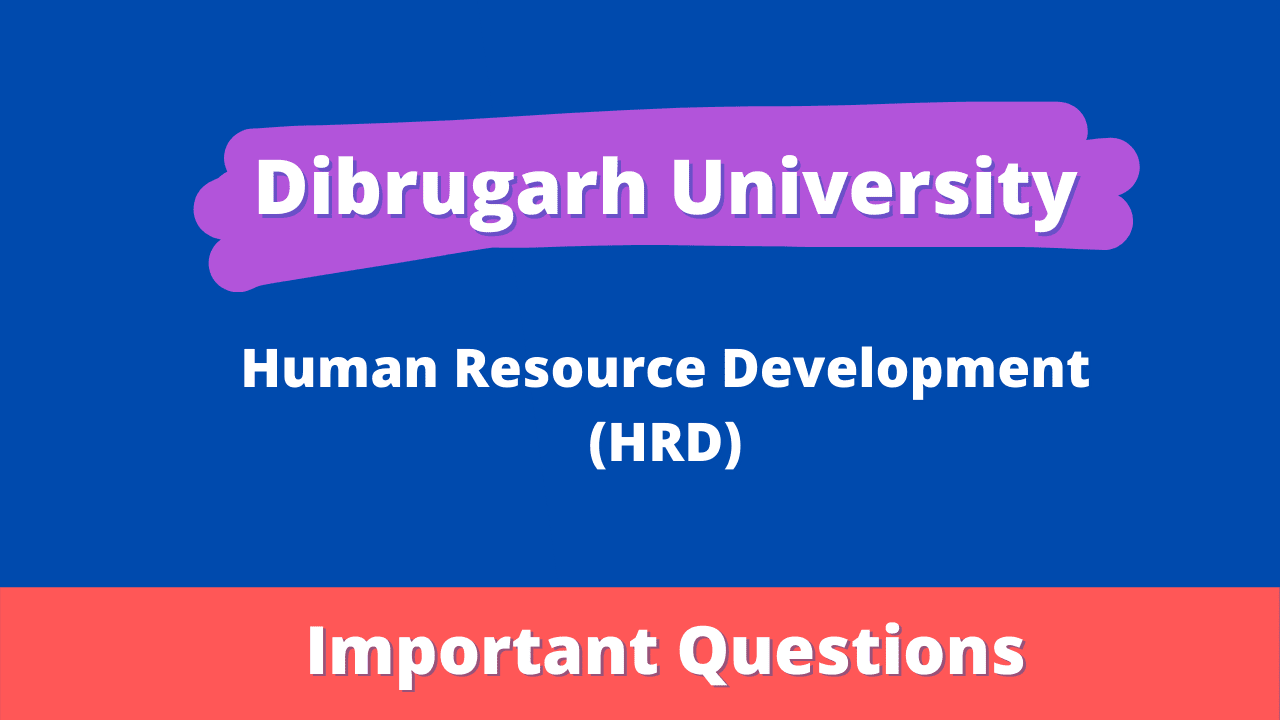Human Resource Development (HRD) culture refers to the values, beliefs, and behaviors that shape the way an organization approaches employee learning, development, and performance. This includes the strategies and practices used to support the growth and development of employees, as well as the organizational climate and atmosphere that fosters this growth.
An effective HRD culture is critical to the success of an organization, as it can foster a sense of engagement and commitment among employees, leading to increased productivity, innovation, and retention. A positive HRD culture also helps to create a positive work environment and can contribute to the overall health and well-being of employees.
There are several key elements that contribute to an effective HRD culture. First, there should be a focus on continuous learning and development. This includes providing opportunities for employees to learn new skills, acquire new knowledge, and develop their capabilities. This can be done through a variety of means, such as training programs, mentorship, and on-the-job learning experiences.
Another important aspect of HRD culture is the emphasis on performance management. This includes setting clear performance expectations and regularly assessing and providing feedback on employee performance. It also involves providing support and resources to help employees meet and exceed these expectations.
Effective communication is also essential to HRD culture. This includes not only regular communication between managers and employees, but also the creation of open, transparent channels of communication throughout the organization. This helps to create a sense of trust and collaboration, which can foster a positive HRD culture.
In addition, HRD culture should support diversity and inclusion. This means creating a workplace that is inclusive and welcoming to all employees, regardless of their background or characteristics. This can involve implementing diversity and inclusion initiatives, as well as ensuring that all employees are treated fairly and with respect.
Finally, HRD culture should be aligned with the overall mission and values of the organization. This helps to create a sense of purpose and meaning for employees, and can foster a sense of belonging and commitment to the organization.
In conclusion, HRD culture plays a critical role in the success of an organization. By focusing on continuous learning and development, performance management, effective communication, diversity and inclusion, and alignment with organizational values, organizations can create a positive HRD culture that supports the growth and development of their employees and contributes to the overall success of the organization.








